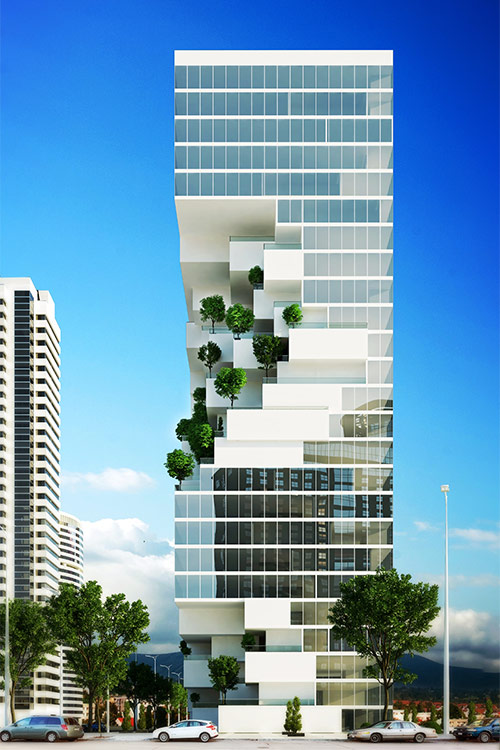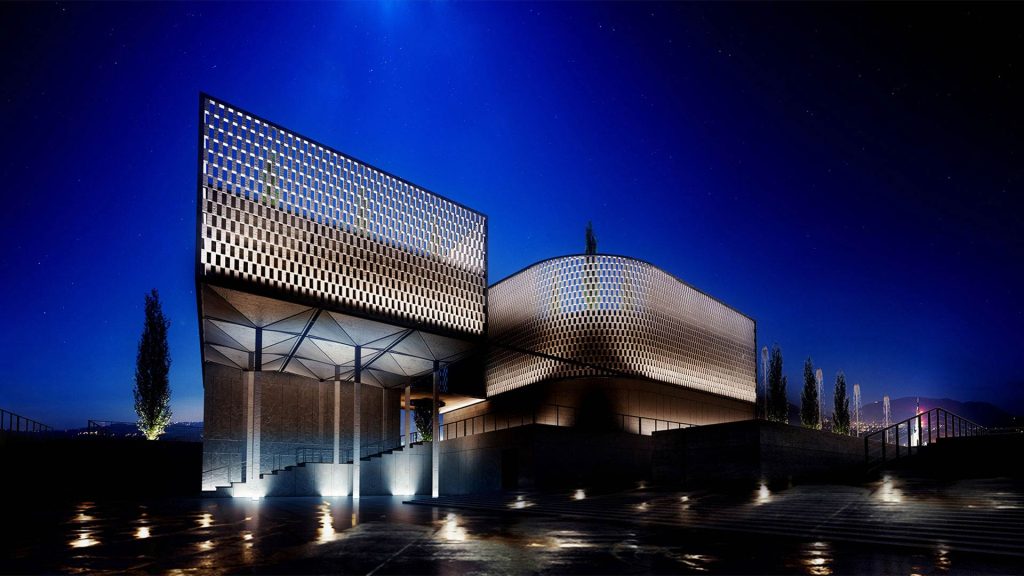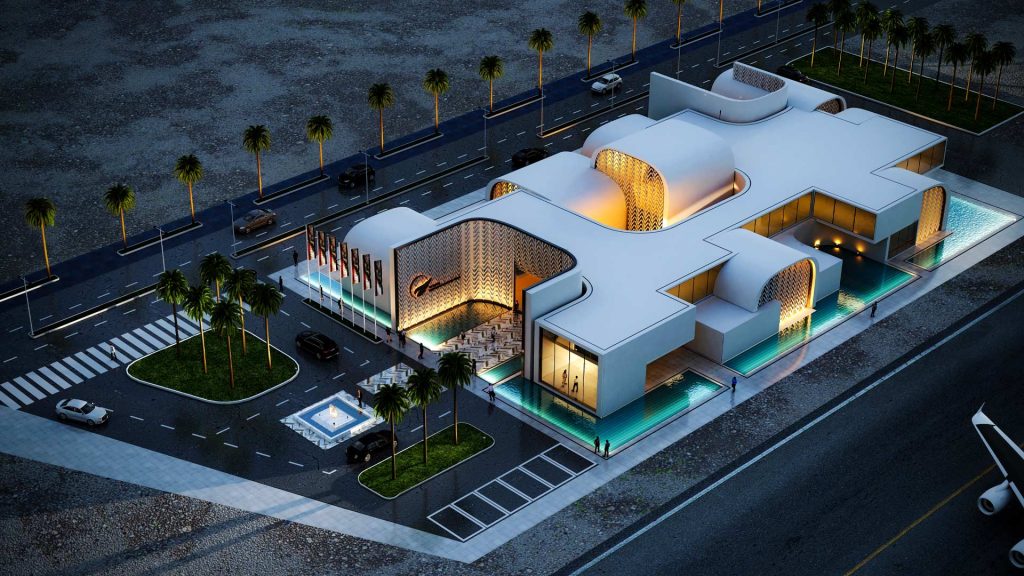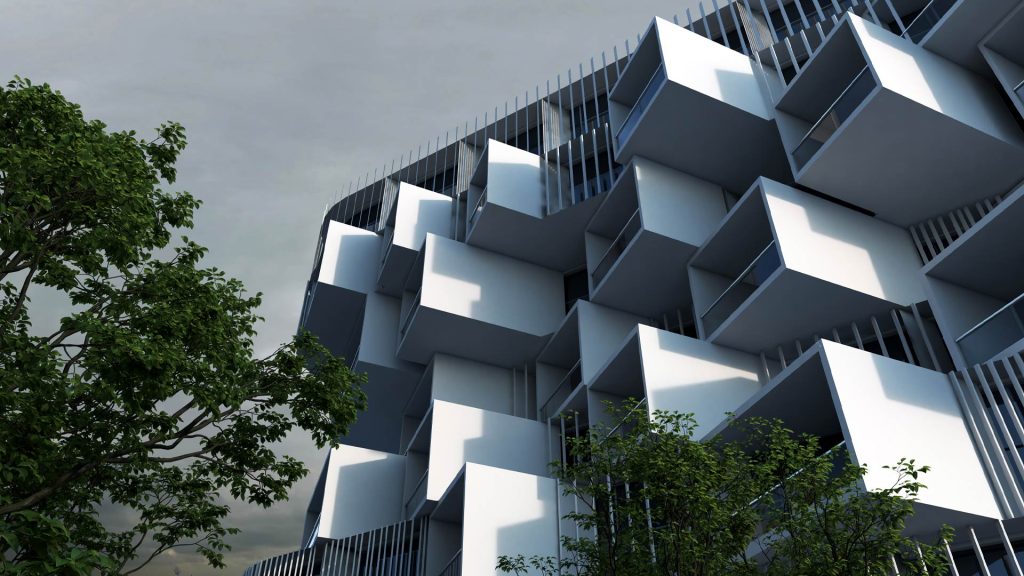
One could say where these earlier approaches rendered their discovery of the thresholds around social concepts, the atmosphere discourse generalizes it to an aesthetic matter. With the pre-mentioned philological preface, it would be helpful to refer to the flora and fauna of a place, especially a landscape instead of the humans of a mere urban context, to clarify the step forward that atmospheric architecture has taken in this matter. It is not coincidence that in later decades architects used urban landscape many more times than before, where they used urban context during the 50’s and 60’s when social aspects of architecture were topics of the day.
In this respect earlier events of the previous century, including Bruno Taut’s discovery of the Shoiken tea house and it leading to Barcelona pavilion by Mies, are better precedents of what architects like Zumthor are now practicing. It is to most extent because of the heritage that the traditional Japanese architecture left for the modernists to build upon. It is this tradition that respects the landscape and the flora and fauna as we know it in contemporary space of the 21st century. The contemplation, absoluteness, basic senses, and self-presence one can find in this traditional theme is never comparable with any merely modern thought.
As a residential tower to be realized in Barcelona, Alpha tower is designed in form as a culmination of multiple boxes around a central core. While the boxes are separate from each other in façade, they are completely fused and inseparable inside the plan. The combination of the boxes differs along the levels of the tower, in two parts: one on the ground level, where the entrance is located, and another part in the middle of the tower, where terraces and semi open living rooms are placed instead of the eliminated boxes.
The formal concept in Alpha tower is a technique to kind of integrate earlier models of urban apartments with more modern midtown residential towers. Whereas a central core and a freed façade adhere to modern tower models, living in terraces and enjoying open and green spaces on the exterior of a housing adheres to 3 to 4 level urban housings of earlier urban models. Alpha tower is an architectural revision of both models.
For this praise of the landscape, natural environment and senses activated by exploring the scene, it is usual to find the recent atmospheric architecture most resembling in spatial qualities to pre-modern architectures of any era or culture, where the limitlessness of the time and nonexistence of modern life hitches resulted in architectural spaces where calmness, nature, light, sound and feelings played differently in defining the space. Despite this resemblance it seems that architects of atmosphere use very modern and contemporary architectural details, especially as for the material design, although they usually avoid mass produced market details and prefer modern understanding of the material rather than machine producing it. This reminds us of the contradictory example of Mies’s Barcelona chair that despite being one of the best examples of modernism, was produced as a handicraft while Bauhaus was trying to mass produce things in the same period.
Modernization of construction technology during the last 150 years has made tremendous challenges and changes in different fields of architecture. Whereas constructing a gothic church took sometimes even more than decades, it is now just a matter of how early the clients need their projects to be delivered. The time taking process of traditional construction essentially resulted in a somehow atmospheric architecture. That is exactly because of the very nature of atmosphere, and how time matters in shaping it. Not only the constructors and many different people around the life of a building used to spent years on a construction, leaving traces of their lives to be seeds of an atmosphere there, but the flora and fauna also had a much better-balanced ground to grow upon and interact with the architecture. The other aspect is how time gave the traditional designer the privilege to observe their design built in 1 to 1 scale, review it and redesign it in the further phases of the building. Maybe this is one of the reasons why architects like Zumthor prefer big scale moquette as their main design tool. Because it resembles in the best way to that premodern experience. The role time plays in comparing traditional and atmospheric architecture, is not the only role it has in defining atmosphere in architecture. Many texts on time in architecture, especially the ones with more of a phenomenological approach like ‘the timeless way of building’ are as if they were written about atmosphere in architecture. Any viewpoint on architecture that focuses on the relativeness of the senses and the space, is somehow dealing with time. In this view one could say that atmospheric architecture is a place where time is experienced differently from the everyday and usual sense of it.






